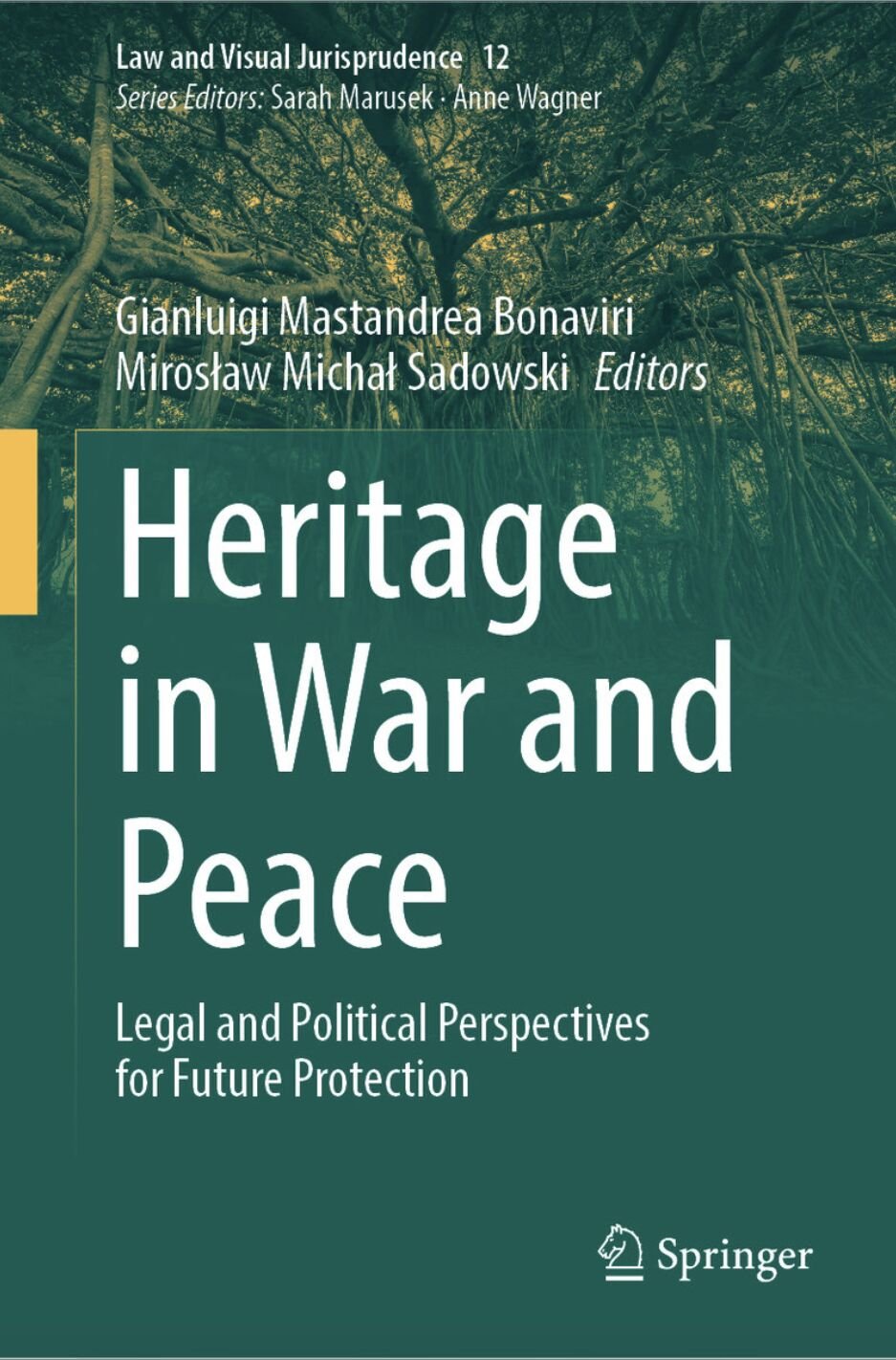Crimean Treasures Return to Kyiv
On 27th November 2023, the Allard Pierson Museum in Amsterdam made this declaration: ‘All of the remaining artefacts from the exhibition Crimea – Gold and Secrets of the Black Sea have been transferred by the Allard Pierson to Ukraine and taken to the National Museum of the History of Ukraine in Kiev.’
The final transfer of the collection to Kiyv is following a long legal dispute in front of Dutch Courts and Tribunals. I tell the full story of the legal arguments developped in a recently published paper. This blog posts summarizes a few elements of the paper.
On 26 October 2021, The Court of Appeal of Amsterdam confirmed that the Crimean antiquities loaned by Crimean Museums will be returned to Kyiv rather than Crimea. This dispute concerned a collection of archaeological gold objects that were sent on loan by four Crimean museums to the Allard Pierson Museum for an exhibition in February 2014. After Russia’s annexation of Crimea in March 2014, the treasures were reclaimed by the Ukraine central government and the four Crimean museums. The exhibition closed in late August 2014, but the collection was not sent back to the Crimean museums. The Allard Pierson Museum decided to keep the collection items until the ownership dispute was decided in court. While Ukraine celebrated the decision, the culture ministry in Moscow declared that the decision “grossly violates the principles of international exchanges between museums and the right of the people of Crimea to have access to their own cultural heritage”. Is this case law affirming the doctrinal principle of cultural nationalism? This commentary highlights that international and domestic law on the restitution and return of cultural heritage provides very few reliable indicators on whether objects must be returned to the national government of their countries of origin, or to indigenous and cultural minorities.
I propose to read this case law through the lens of a wider scholarship on the return of cultural objects. Furthermore, this inquiry integrates this case law into a wider scholarly debate on cultural nationalism. I argue that the case law follows the trend in jurisprudence that cultural properties are increasingly associated with their countries of origin. Studies of the case show that private international law is ill equipped in regard to determining whether cultural objects must return to the central government of a country or to local communities.
The judicial proceedings were informed by a background of nationalist feelings from Ukraine and Russia which both claiming the cultural property over the collection. The gold came to be in the middle of an acrimonious legal, political, and nationalist battle. The seriousness of the dispute can partly be explained by the legal technicalities in the geopolitical context. Indeed, as Jakubowski (2020, 582) noted, state succession and restitution belong to ‘the fundamental old topics of public international law’. The case law is not exactly a case of state succession because the international community has not recognised the Autonomous Republic of Crimea (ARC) as succeeding Ukraine. However, the dispute posed analogous ‘challenging and politicised’ legal questions (Jakubowski 2020, 582-583). The case was mediatised, complex, and heartfelt because of the extraordinary nature of the artefacts. The Scythian treasures are a national symbol for Ukraine and Russia.
Despite the long history of collecting and thorough archaeological research, mystery still surrounds Scythian cultures. We know that the Scythians or Scythes were a nomadic or seminomadic culture of the Altai plains. Their territories were once larger than any other empire of the time. Their kings, princes, and chieftains lived between the seventh and third centuries B.C. The abundance of burial sites south of the Dnieper River suggests that their religious centres were remote from their living areas. However, sites of Scythian culture can be found far from Ukraine, Siberia, Kazakhstan and even China. Some pieces display Greek workmanship but depict scenes that can only be typically Scythian.
The main contentious legal technicality of the case was whether restitution to the country of origin was the appropriate legal response in the case. In other words, the discussions revolved around the application of the 1970 UNESCO Convention and related instruments.
Ultimately, this paper does not criticise the outcome of the case nor implies that the Scythian treasures must remain in Russian territory. This commentary highlights that international and domestic law on the restitution and return of cultural heritage provides very few reliable indicators on whether objects must be returned to the central government of their countries of origin, or to local communities. Civil courts make difficult decisions on the restitution of sensitive cultural properties with a broad range discretion. Ultimately, decisions relative to the restitution of cultural property are taken on the grounds of ethical considerations and later articulated in legal terms.
This paper came out as a chapter of this book. If you’d like to read the full chapter, or cite it. The reference is here:
A. Mattez (2024). Cultural Treasures and Their Place of Origin: Crimean Treasures Return to Kyiv, in Heritage in War and Peace. Legal and Political Perspectives for Future Protection, ed. M. Sadowski and G. Mastandrea Bonaviri, Springer. link.springer.com/book/9783031473463





